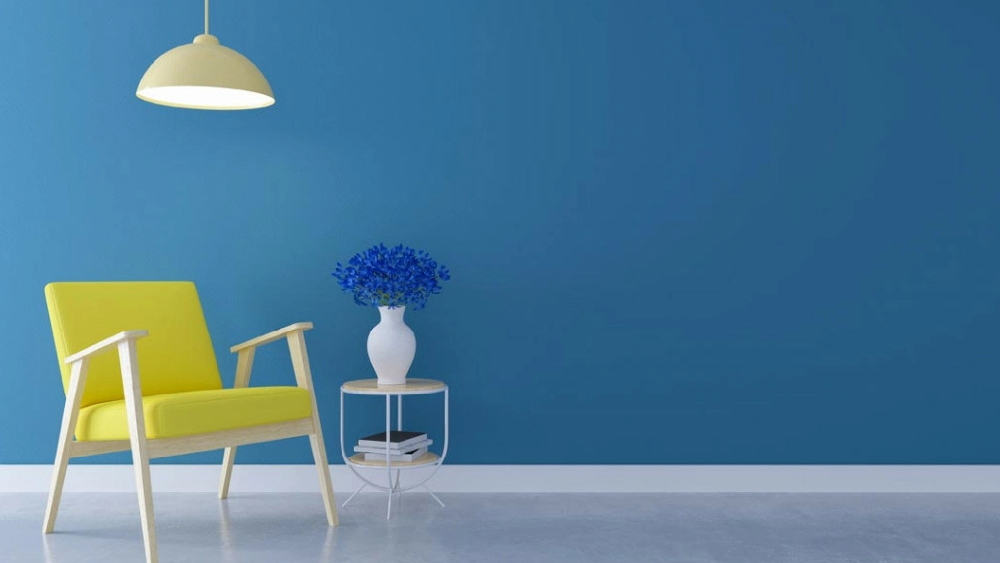

Choosing the perfect paint color for your home begins with understanding the mood you want to create in each room. Paint colors can greatly influence the ambiance of a space—light, soft colors like pastels create a calming, serene atmosphere, while bold hues such as reds and oranges can evoke energy and excitement. Consider the function of each room: for example, bedrooms may benefit from cool, soothing tones like blues and greens to promote relaxation, while living rooms may work well with warmer tones like earthy browns or yellows to create a welcoming environment.
Before picking paint colors, take a close look at your home’s architecture and natural lighting. The amount of natural light a room receives can significantly affect how paint colors appear. Rooms with plenty of natural light can often handle darker shades without feeling too heavy, while rooms with limited natural light may benefit from lighter, more reflective hues to help brighten the space. Additionally, the architectural style of your home should be taken into account—traditional homes may look better with classic shades, while modern homes may lend themselves to more contemporary and bold choices.
The colors of your furniture, curtains, rugs, and other decor elements should complement the paint colors you choose. It’s helpful to pick a paint color that enhances and harmonizes with the existing features in a room rather than clashing with them. If you have colorful or patterned furniture, neutral walls can allow those pieces to stand out. Alternatively, if your furnishings are more neutral, you can have fun with accent walls or bold color choices that make the space feel dynamic and personalized.
Always test paint samples on your walls before making a final decision. Paint can look different depending on the lighting, room size, and even the time of day, so it's crucial to test small swatches on your walls and observe them at various times throughout the day. This will give you a clearer picture of how the color will look in your space and help you avoid surprises after the paint has been applied. Many paint stores offer sample sizes that allow you to try out several shades before settling on the perfect one.
For a cohesive look throughout your home, create a unified color palette that ties the entire space together. While each room may have its own unique color scheme, selecting complementary tones ensures that the flow from one room to another feels seamless. Consider using different shades of the same color for adjacent rooms or incorporating accent colors that carry over from room to room. This will give your home a balanced and harmonious look, making it feel well thought out and cohesive.
Color psychology can be a useful tool when choosing paint colors, as different colors can evoke specific emotions and reactions. For example, soft blues and greens are known for their calming effects, making them ideal for bedrooms and bathrooms. Meanwhile, yellow and orange can stimulate creativity and are perfect for spaces like kitchens or home offices. Red is known to boost energy and can work well in areas where socializing occurs, such as dining rooms. Keep these psychological effects in mind to help create an environment that aligns with your desired mood or purpose for each room.
When choosing paint colors, don’t be afraid to experiment and push your design boundaries. It’s important to remember that paint is one of the easiest things to change in a home, so if you end up not liking a color, you can always repaint. Whether you're experimenting with bold accent walls or trying out vibrant colors in small spaces, trust your instincts and allow yourself to be creative. After all, your home should reflect your personality and style, and choosing the right paint colors is one of the best ways to make it feel uniquely yours.
We are dedicated to transforming your living spaces with expert renovation, design, and upgrading services, tailored to meet your unique style and needs.